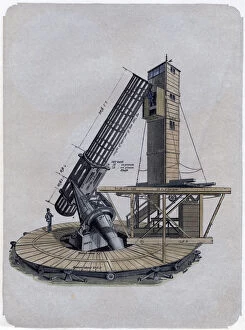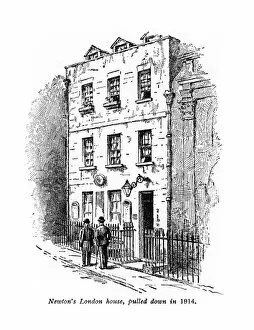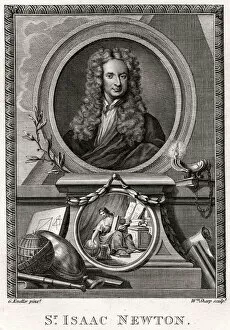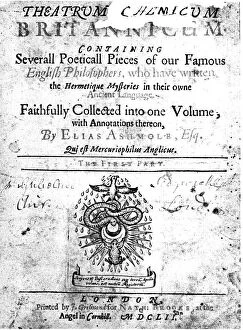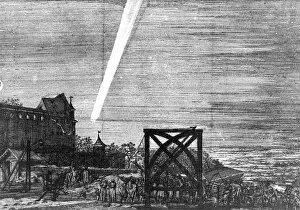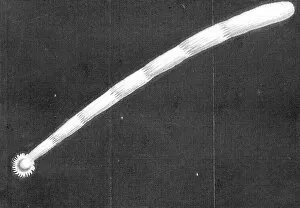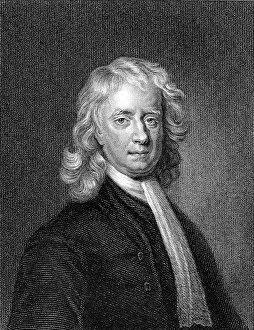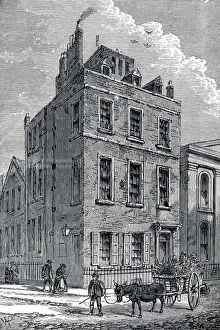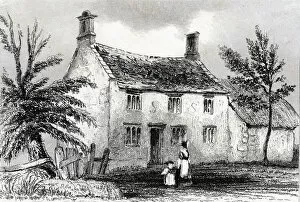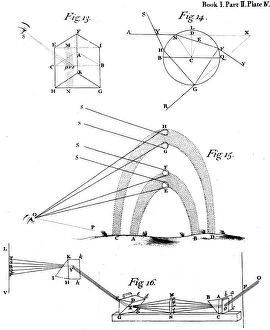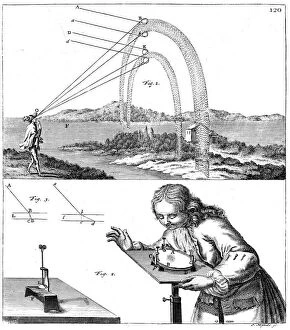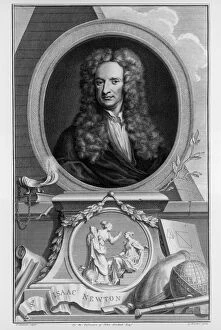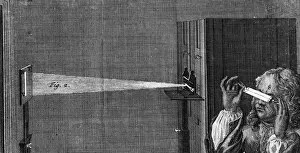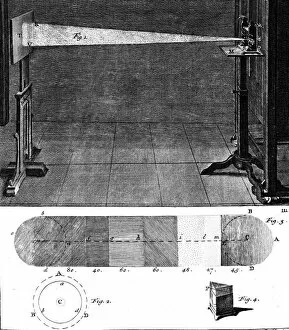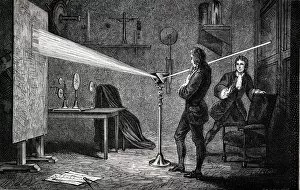Sir Isaac Collection (#2)
"Sir Isaac: The Brilliant Mind Behind the Laws of Gravitation" Step into the world Newton, an extraordinary English mathematician, astronomer
For sale as Licensed Images
Choose your image, Select your licence and Download the media
"Sir Isaac: The Brilliant Mind Behind the Laws of Gravitation" Step into the world Newton, an extraordinary English mathematician, astronomer, and physicist who left an indelible mark on history. Born in Woolsthorpe Manor near Grantham, Lincolnshire in the early 19th century, Newton's genius would shape our understanding of the universe. Through captivating artwork by Freeman and other unknown creators from various eras, we catch a glimpse into Newton's life and work. In a letter dated 20th June 1682 to William Briggs, we witness his meticulous approach to scientific inquiry. His thirst for knowledge knew no bounds as he delved into diverse subjects such as mathematics and astronomy. Newton's brilliance is immortalized in portraits like "I. Newton (1642-1727)" where his piercing gaze reflects his unwavering dedication to unraveling nature's mysteries. His intellectual prowess extended beyond academia; he engaged with fellow scholars like Dr S. Clarke and Desaguliers during meetings at the Royal Society in Crane Court. One cannot overlook Newton's monumental achievement - discovering the Laws of Gravitation that revolutionized physics forever. John Leech's iconic illustration captures this pivotal moment when gravity was unveiled to humanity in 1897. Even after centuries have passed since his time, Sir Isaac remains an inspiration to pathfinders seeking knowledge and truth. As depicted in "Pathfinders - Sir Isaac Newton, " his legacy continues to guide future generations towards scientific breakthroughs. So let us celebrate this remarkable mind whose contributions shaped our understanding of the universe – Sir Isaac Newton – a true pioneer who unlocked secrets hidden within nature itself.

